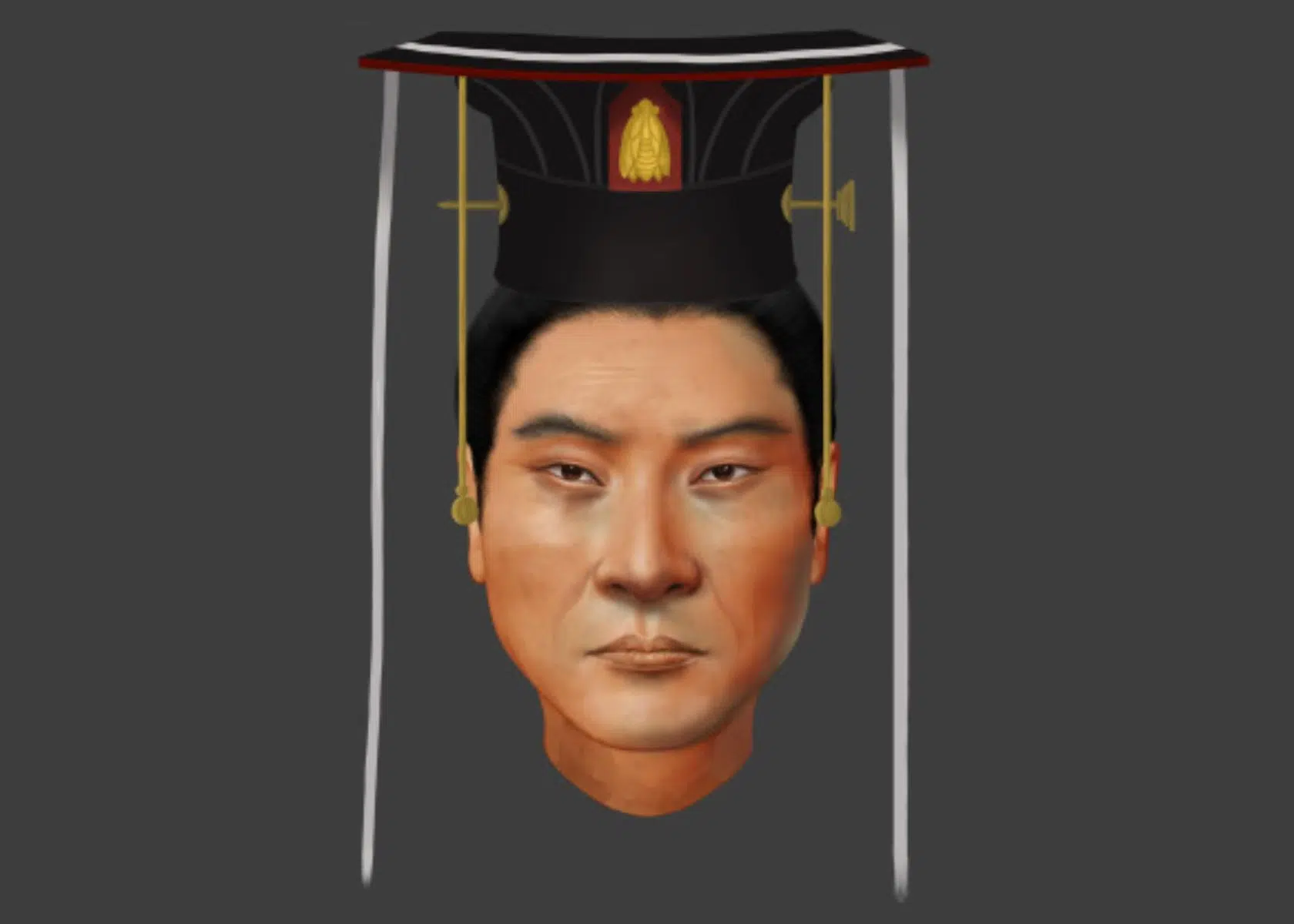
In a recent study, scientists used DNA from the bones of a Chinese emperor who lived 1,500 years ago to figure out what he might have looked like and how he might have died.
The emperor, Wu, was in charge of China’s Northern Zhou dynasty from A.D. 560 to 578, when he passed away at 36 years old, as per a study released on Wednesday in the journal Current Biology.
Based on the study, Emperor Wu was known for strengthening the military, appeasing the Turks, and bringing together Northern China after beating the Northern Qi dynasty.
Chinese Emperor Wu might have died of a stroke
For a long time, people have debated what caused the emperor to die so young. Some thought he might have been poisoned by enemies, while others believe he succumbed to a mysterious illness. Now, this new DNA study suggests he probably died of a stroke.
Wu’s tomb was first found by archaeologists in 1996. Inside, they found his skeleton, including a nearly complete skull. From this skull, scientists could extract DNA for analysis, as mentioned in the statement.
Very interesting work!! 1500-year-old ancient DNA informs the genome of a Chinese Emperor "Wu of Northern Zhou": ancestry, stroke risk, and facial appearance🤔 @CurrentBiology https://t.co/RlFIQZE2el pic.twitter.com/7aMUg7DJQO
— Gang Fang (@gangfang_1) March 28, 2024
“Our work brought historical figures to life,” study co-author Pianpian Wei, an assistant professor in the Department of Cultural Heritage and Museology at Fudan University in Shanghai, said in the statement.
“Previously, people had to rely on historical records or murals to picture what ancient people looked like,” Wei said. “We are able to reveal the appearance of the Xianbei people directly.”
Emperor Wu belonged to the Xianbei ethnic group
The facial reconstruction shows a man with brown eyes, black hair, and a darker skin tone, which is quite similar to the appearance of people from Northern and Eastern Asia today.
The study also verified that Wu belonged to the Xianbei ethnic group, which was a nomadic group living in what we now call Mongolia and the northern regions of China.
Through DNA analysis, researchers determined that the Xianbei people moved down to Northern China and mingled with those who were ethnically Han Chinese.
“This is an important piece of information for understanding how ancient people spread in Eurasia and how they integrated with local people,” study co-author Shaoqing Wen, a doctoral student of archaeological science at Fudan University, said in a statement.
The recent analysis agrees with old records describing Wu as having “aphasia,” which means difficulty in understanding or speaking due to brain damage, along with drooping eyelids and an unusual way of walking—all of which are possible signs of a stroke, according to the statement.
See all the latest news from Greece and the world at Greekreporter.com. Contact our newsroom to report an update or send your story, photos and videos. Follow GR on Google News and subscribe here to our daily email!



